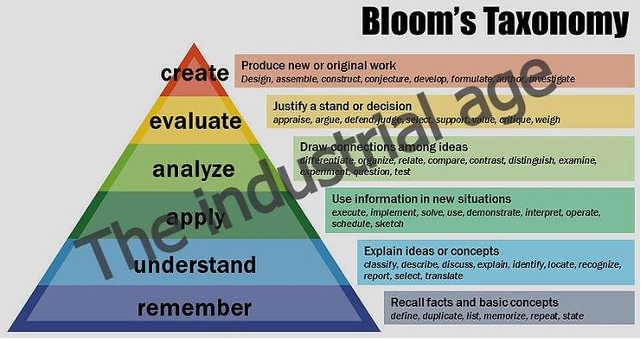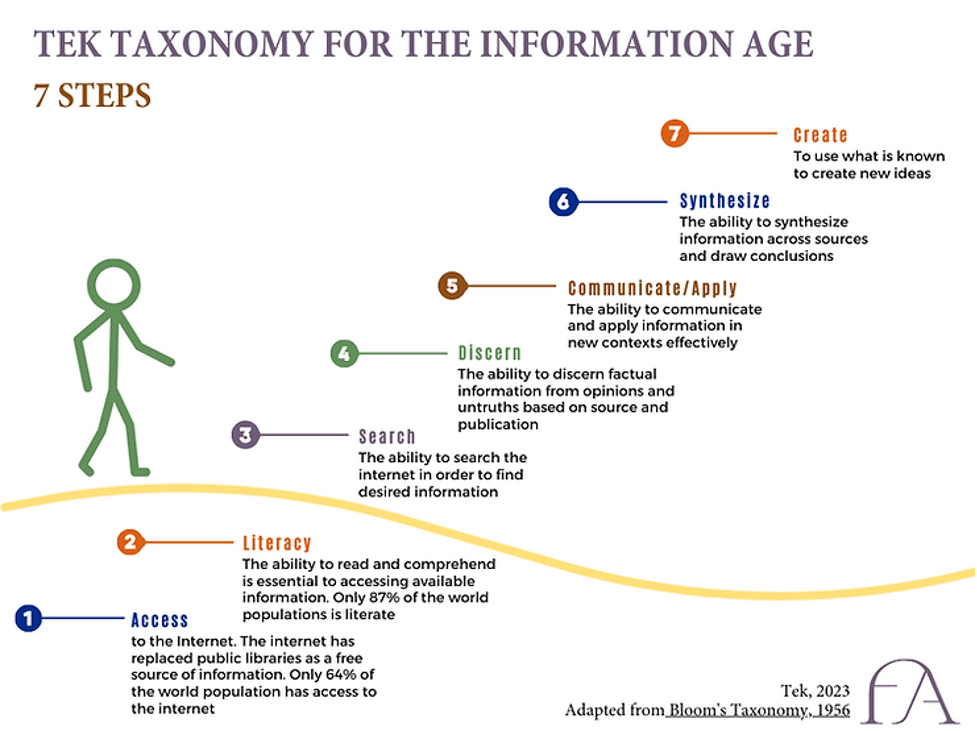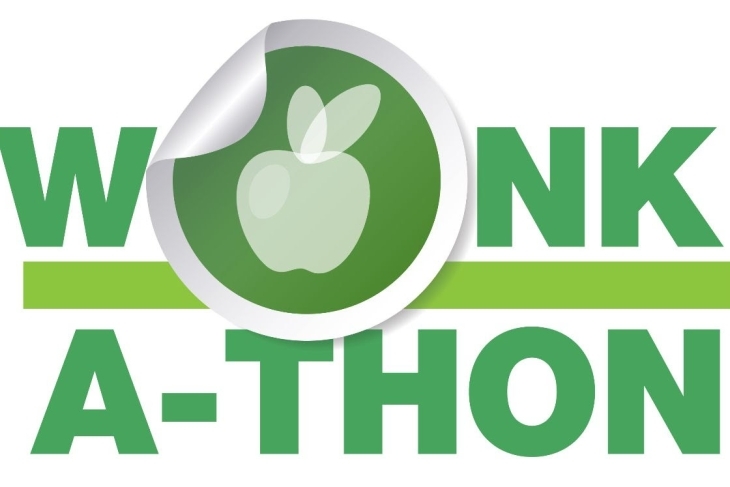Editor’s note: This essay is an entry in Fordham’s 2023 Wonkathon, which asked contributors to answer this question: “How can we harness the power but mitigate the risks of artificial intelligence in our schools?” Learn more.
Bloom’s Taxonomy was groundbreaking when it was published in 1956. Its 2001 update clarified educational skills and how they build upon one another. The information age, and most recently, artificial intelligence (AI), has changed the game of knowledge attainment and usage. Here, I offer a new taxonomy for the Information Age.

In the industrial age, memorization was vital because we didn’t have access to all the information ever known and published in our pockets. The internet and smart devices have changed that.
7 steps of the taxonomy for the Information Age
Like Bloom, using a taxonomy structure is essential for presenting how each step builds upon the one before.

Steps 1 & 2: Precursors to information access
In the information age, access to the internet and the ability to read and comprehend are essential. Access to the internet is necessary for information to be obtained. Without the ability to read and comprehend, the information is out of reach. Only 64 percent of the world’s population has access to the Internet; only 84 percent of the world’s population is literate.
Though 93 percent of the U.S. population uses the internet, less than half (46 percent) of Americans between the ages of sixteen and seventy-four are proficient at reading (Gallup 2020). Further, just 63 percent of fourth-grade students are at grade level in reading, according to the National Assessment of Educational Progress (NEAP, 2022).
Lack of access to the internet and illiteracy are significant barriers to information acquisition, application, and creation.
Steps 3 & 4: Finding information and vetting it
With access to and the ability to read, individuals are equipped to begin their pursuit of desired information. The internet contains an infinite amount of information on an infinite number of subjects. How does an individual find what they are looking for and know it is accurate and reliable?
There is no Dewey Decimal classification on the internet. Its structure is amorphous. Individuals can enter keywords and phrases into their favorite search engine. Search engines return results from websites by continuously scanning the internet and indexing the pages they find.
However, it is on the individual to discern the information presented by the search engine. This most closely represents early critical thinking skills. We must determine what is factual and separate it from opinions and misinformation. Further, individuals must be diligent against disinformation. Disinformation is false information deliberately spread to deceive people. Discerning facts from fiction requires knowledge of source and perspective. Who or what produced the information I am reading? What is their perspective? What do these aspects lead me to believe about the validity of the information?
Disinformation is so proliferated that even the United Nations has taken a stand on its harmful effects.
Steps 5 & 6: Using Existing Information
Steps 5 and 6 require an individual to take the information they have obtained and use it. It is used to do something, communicate to others, and can be synthesized across information sources to summarize and draw conclusions.
Here, the individual is using information in the service of application, communication, and/or to make a case about what is known. Beyond critical thinking lies our own thoughts and feelings about the information we have taken in and how it will be used. Many consider this ability to be a form of emotional intelligence.
Being emotionally intelligent enables a person to understand the impact that emotions can have on decision-making; they can be both objective and empathetic.
Step 7: Creating what doesn’t exist
Step 7 is the apex of this taxonomy, as it was of Bloom. Not only is the individual able to use existing information in service of doing, communicating, and judging, they are able to create something entirely new.
With machine learning and artificial intelligence, much of what humans do today will be automated; much already has. We are left to ponder what is truly human: creation. Creation is a skill that brings not only happiness to the creator but adds value when thoughtfully used (e.g., human-centered design thinking).
New ideas, concepts, services, and products come from the creativity inside each of us. As an educated society, we must provide the tools necessary to reach this level. We can do so by using real-life experience and simulation to practice basic and higher levels of critical thinking (i.e., emotional intelligence) to create for ourselves and others.
According to Deloitte, “Creativity and social intelligence in particular, are likely to be essential skills for most new jobs created between now and 2030. Because these skills give humans a clear advantage over machines and software, they also offer protection against developments in automation, making jobs future-proof.”
A call to action
I hope this taxonomy serves as a call to action for all who care about the future of our society. We must address the issues of equity and access to the Internet and increase literacy across populations. Simultaneously, we must teach how to critically discern information from disinformation and misinformation. Increasingly, machine learning and artificial intelligence will be able to replace human doing, but humans will always be called upon to create.
The complexity of our world requires creative thinkers and doers.
More time must be spent in real-life experiences and simulations to stimulate and practice critical and creative thinking. Our society depends on it.

